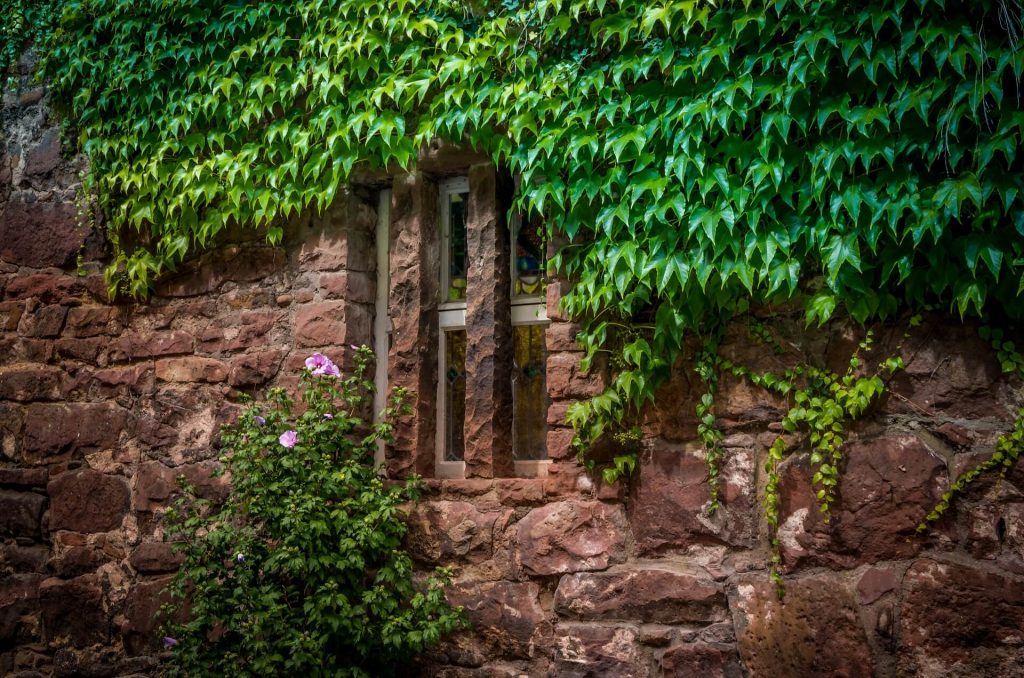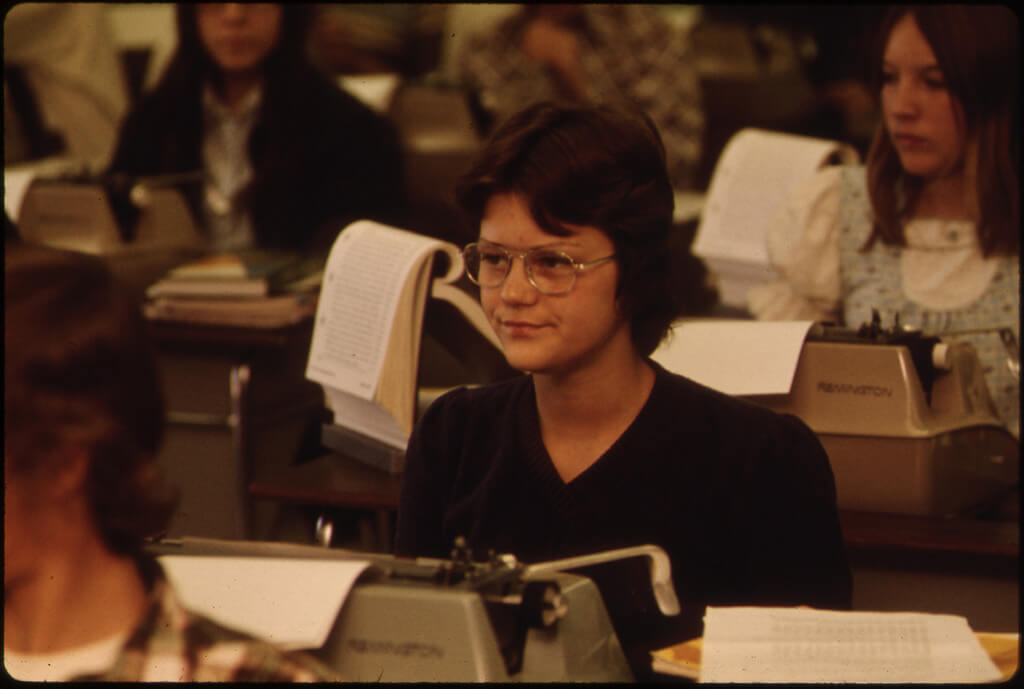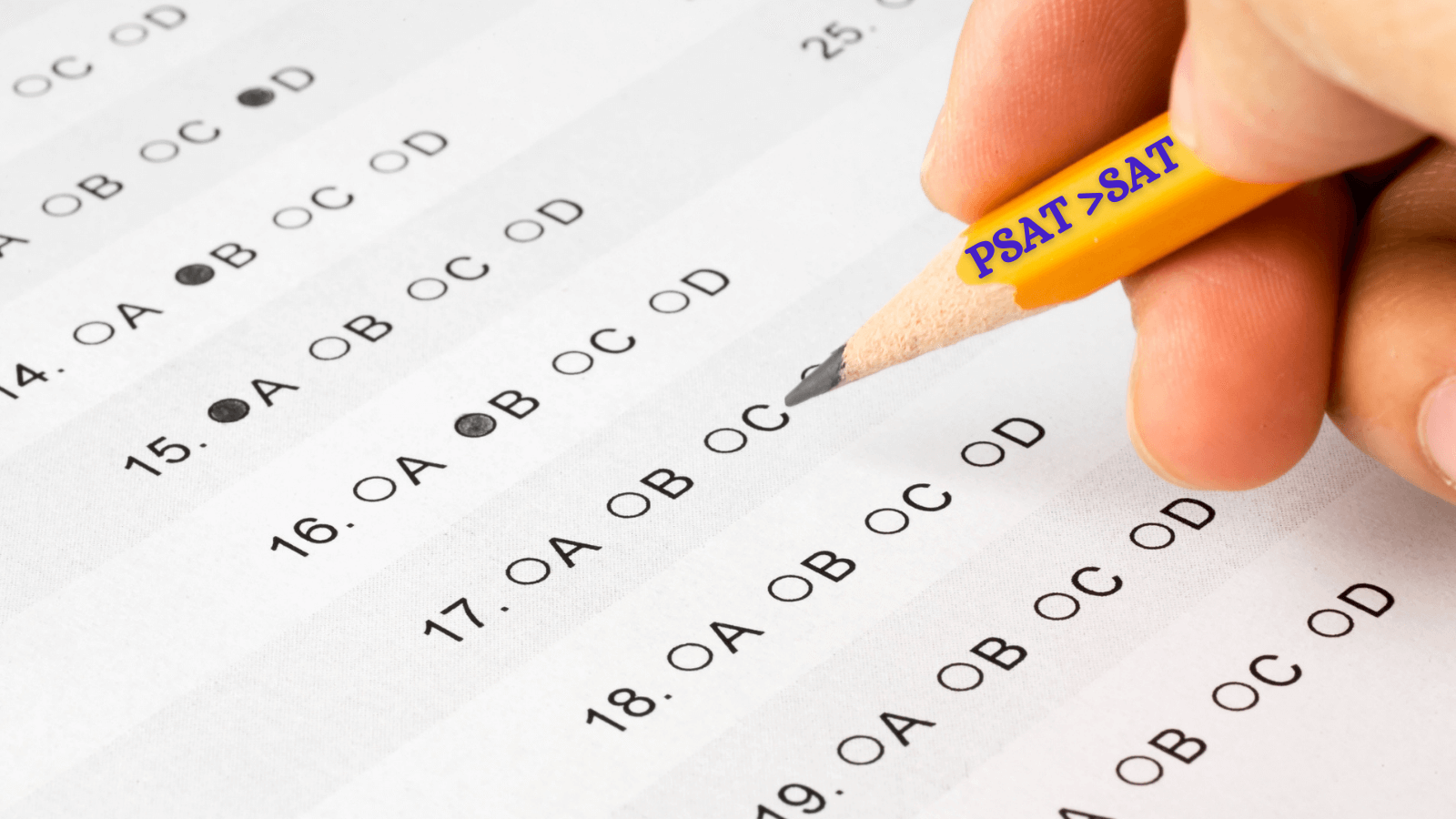Student-centric advice and objective recommendations
Higher education has never been more confusing or expensive. Our goal is to help you navigate the very big decisions related to higher ed with objective information and expert advice. Each piece of content on the site is original, based on extensive research, and reviewed by multiple editors, including a subject matter expert. This ensures that all of our content is up-to-date, useful, accurate, and thorough.
Our reviews and recommendations are based on extensive research, testing, and feedback. We may receive commission from links on our website, but that doesn’t affect our editors’ opinions. Our marketing partners don’t review, approve or endorse our editorial content. It’s accurate to the best of our knowledge when posted. You can find a complete list of our partners here.
What Are Public Ivy League Schools?

 By
Zach Skillings
By
Zach Skillings 
Zach Skillings is the Scholarships360 Newsletter Editor. He specializes in college admissions and strives to answer important questions about higher education. When he’s not contributing to Scholarships360, Zach writes about travel, music, film, and culture. His work has been published in Our State Magazine, Ladygunn Magazine, The Nocturnal Times, and The Lexington Dispatch. Zach graduated from Elon University with a degree in Cinema and Television Arts.
Full BioLearn about our editorial policies

Cece Gilmore is a Content Writer at Scholarships360. Cece earned her undergraduate degree in Journalism and Mass Communications from Arizona State University. While at ASU, she was the education editor as well as a published staff reporter at Downtown Devil. Cece was also the co-host of her own radio show on Blaze Radio ASU.
Full BioLearn about our editorial policies

Bill Jack has over a decade of experience in college admissions and financial aid. Since 2008, he has worked at Colby College, Wesleyan University, University of Maine at Farmington, and Bates College.
Full BioLearn about our editorial policies

Maria Geiger is Director of Content at Scholarships360. She is a former online educational technology instructor and adjunct writing instructor. In addition to education reform, Maria’s interests include viewpoint diversity, blended/flipped learning, digital communication, and integrating media/web tools into the curriculum to better facilitate student engagement. Maria earned both a B.A. and an M.A. in English Literature from Monmouth University, an M. Ed. in Education from Monmouth University, and a Virtual Online Teaching Certificate (VOLT) from the University of Pennsylvania.
Full BioLearn about our editorial policies

What are Public Ivy League Schools?
Most people have heard of Ivy League schools. These highly prestigious private universities are known for their top-notch academic programs, as well as their hefty tuition rates. Many students dream of attending one of these schools, but the low acceptance rates make it tough to obtain an Ivy League education.
But what if we told you that it’s possible to achieve an education that’s on par with Ivy League schools without stressing about low acceptance rates or breaking the bank? You can do so by choosing to attend one of the many “Public Ivies.” This select group of public universities are known for their distinguished academic programs and low in-state tuition costs.
Related: Top Ivy League scholarships
What is a Public Ivy?
The Public Ivies are a group of prestigious public schools that have a stellar reputation for academic excellence. These colleges and universities are known for providing an Ivy League-level education at a fraction of the cost (when attending in-state). The concept of “Public Ivy” schools was introduced by Richard Moll, who coined the term in his 1985 book, The Public Ivies: A Guide to America’s Best Public Undergraduate Colleges and Universities. Moll deemed eight schools worthy of Public Ivy status, based on the following basic criteria:
- High academic rigor
- Resources to spend on exceptional faculty and facilities
- Enrolling the best and brightest students
Many schools have since been added to the list of Public Ivies, which we’ll explore in a later section.
Related: What are the Hidden Ivies?
What are the original Public Ivy schools?
The list of Public Ivies has gone through many revisions over time, but let’s start with Richard Moll’s original 1985 list. Here’s a breakdown, in order of lowest acceptance rate to highest:
| School | State | Acceptance Rate | Undergraduate Enrollment | In-state Tuition | Out-of-state Tuition | |
| 1 | UNC Chapel Hill | NC | 17% | 19,921 | $8,989 | $37,550 |
| 2 | University of Michigan | MI | 18% | 32,448 | $16,736 | $55,334 |
| 3 | University of Virginia | VA | 19% | 17,103 | $20,342 | $55,914 |
| 4 | University of Texas at Austin | TX | 31% | 40,980 | $11,698 | $41,070 |
| 5 | College of William and Mary | VA | 34% | 6,778 | $23,970 | $47,196 |
| 6 | University of Vermont | VT | 60% | 11,326 | $18,890 | $43,890 |
| 7 | Miami University | OH | 88% | 16,721 | $17,264 | $38,293 |
Note that Richard Moll included the entire University of California school system in his list of eight Public Ivies. There were eight UC campuses in 1985, meaning that the total number of original Public Ivies is actually 15. Here’s a breakdown of the UC schools:
| School | State | Acceptance Rate | Undergraduate Enrollment | In-state Tuition | Out-of-state Tuition | |
| 1 | UC Los Angeles | CA | 9% | 32,423 | $13,401 | $43,473 |
| 2 | UC Berkeley | CA | 11% | 32,475 | $14,395 | $44,467 |
| 3 | UC Irvine | CA | 21% | 28,651 | $13,939 | $44,011 |
| 4 | UC Santa Barbara | CA | 26% | 23,419 | $14,617 | $44,689 |
| 5 | UC San Diego | CA | 24% | 33,092 | $14,906 | $44,978 |
| 6 | UC Davis | CA | 37% | 31,512 | $14,858 | $44,930 |
| 7 | UC Santa Cruz | CA | 47% | 17,502 | $14,240 | $44,312 |
| 8 | UC Riverside | CA | 69% | 22,842 | $13,874 | $43,946 |
What other schools are considered Public Ivies?
The collection of Public Ivies expanded when Howard and Matthew Greene published their 2001 book, The Public Ivies: America’s Flagship Public Universities. The Greene Public Ivies List includes over 30 universities, broken down by various U.S. regions. Take a look below:
What are the best Public Ivy Schools today?
As you can see, the list of Public Ivies has evolved over time, and it varies depending on who you ask. These days, there’s no official modern-day list. However, the following five schools are widely considered the cream of the crop when it comes to Public Ivies:
- University of California, Los Angeles
- University of Michigan
- University of North Carolina at Chapel Hill
- University of Virginia
All five of these schools were included in the original 1985 list, and they continue to be recognized as standout Public Ivies based on their prestige and academic reputation.
Related: Scholarships360’s free scholarship search tool
What’s the difference between Public Ivies and Ivy League schools?
Let’s compare the experience of attending a Public Ivy to the experience of attending an Ivy League school.
Tuition
One of the most attractive qualities about Public Ivies is that they are usually more affordable than Ivy League schools, especially for in-state students. Most Public Ivies charge between $10,000 and $20,000 per year for in-state tuition. Alternatively, tuition rates at Ivy League schools are usually upwards of $50,000. However, you should expect to pay a higher tuition rate if you’re planning to attend a Public Ivy as an out-of-state student.
Financial Aid
Although Public Ivies have lower tuition rates than Ivy League schools, they tend to offer less financial aid. Because Ivy League schools have substantial endowments and don’t have to rely on ever-changing state funding, they have the ability to offer bigger financial aid packages. Need-based financial aid at Public Ivies is typically reserved for in-state students.
For instance, UC Berkeley does not grant need-based financial aid to out-of-state students. With that being said, there are still many scholarship and financial aid opportunities available for students looking to attend Public Ivies.
Size
Another big difference between Public Ivies and Ivy League schools is the student population. As you can tell by the lists above, Public Ivies tend to have undergraduate enrollment numbers in the tens of thousands. Alternatively, Ivy League schools have much smaller student bodies and lower student-faculty ratios.
Selectiveness
Acceptance rates among Public Ivy schools vary quite a bit. For example, UCLA admits 9% of its applicants while the University of Arizona admits 87% of applicants. For the most part, though, Public Ivies have admission rates in the 20-35% range. Alternatively, the average acceptance rate at Ivy League schools is about 5%. This means that even the most selective Public Ivy has a higher acceptance rate than that of all Ivy League schools.
Learn more: What’s the difference between a public and private university?
Is a Public Ivy right for me?
If you’re seeking a relatively affordable education with a quality that’s on par with Ivy League schools, then Public Ivies are definitely an attractive option. Although selectivity and prestige vary from school to school, you’re sure to find a rewarding academic experience at any Public Ivy. That being said, Public Ivies are not the only option out there. Most are still quite selective, so if you do not gain admission to a Public Ivy, don’t let your hopes be dashed. There are many great public and private universities out there.
Also see: Scholarships360’s Top Colleges Rankings
Pros and cons of Public Ivies
| Pros of Public Ivies | Cons of Public Ivies |
|---|---|
| Top-tier educational experience for public school tuition | Some Public Ivies don’t carry the same reputation that Private Ivies do |
| Prestigious degree that will help pursue a career or graduate degree | Less financial aid than private Ivies (unless you are in-state) |
| Networking opportunities with students and professors who will be industry leaders | Most Public Ivies are on the larger side, which can be a great fit for some students, but overwhelming for others |
| Higher admissions rate than the Ivy League | |
| Drastically lower cost for in-state students |
Keep reading: How to choose a college
Frequently asked questions about public ivy league colleges and universities
How do Public Ivy schools compare to Ivy League schools?
Additionally, a degree from a public ivy will carry with it a lot of prestige, but it may not be as recognizable or prestigious as a degree from an Ivy League school. That being said, most of the public ivies are well-known and prestigious, so earning a degree from any of them will be a huge asset to you in your career and future education.
How selective are Public Ivy schools?
What is the alumni network like for Public Ivy schools?
Many public ivies also have strong alumni networks. If you go to a school that offers a renowned program in your field of study, you could end up with an alumni network that is comparable to an Ivy League school. However, this will vary widely among the public ivies, depending on the school you attend and the field of study you pursue.




 SAT" printed on his pencil">
SAT" printed on his pencil">
